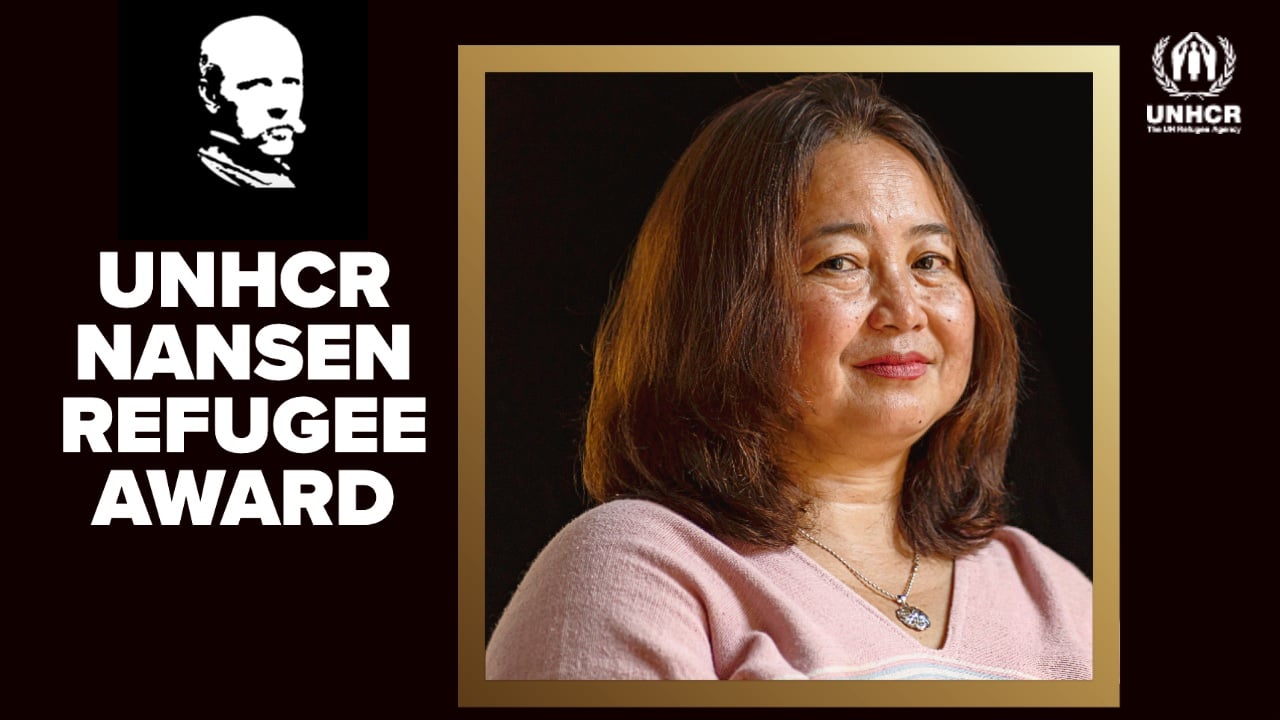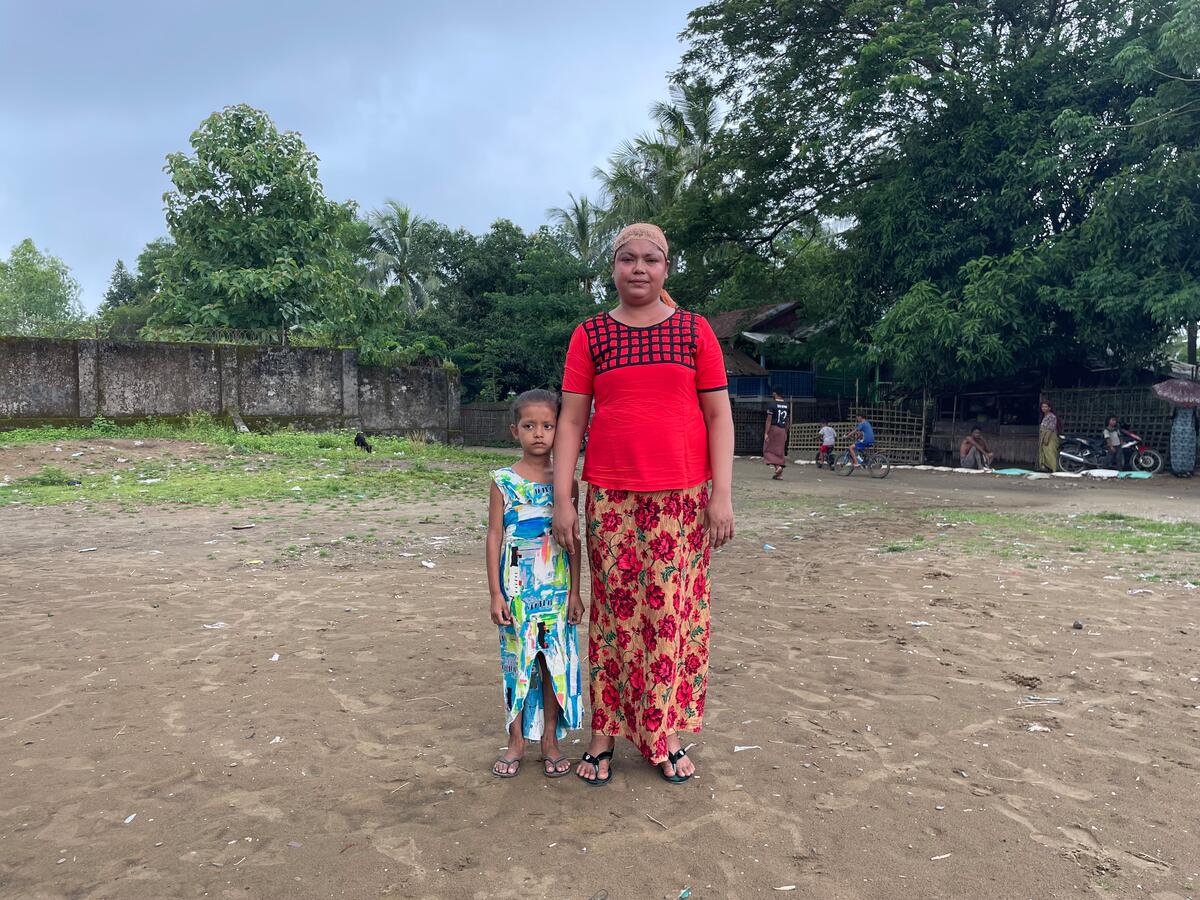Recent clashes in North Kivu leave at least 40,000 internally displaced
Recent clashes in North Kivu leave at least 40,000 internally displaced

GOMA, Democratic Republic of the Congo, May 29 (UNHCR) - The UN refugee agency reported on Tuesday that the recent fighting in Democratic Republic of the Congo (DRC) has left more than 40,000 people internally displaced.
UNHCR staff in North Kivu province say most of the internal displacement is taking place in Rutshuru territory, north of the provincial capital, Goma. Between May 10 and May 20, one of UNHCR's local NGO partners registered more than 40,000 internally displaced people in Jomba and Bwesa sectors.
These are the latest figures available, but our field staff say there was fighting in southern Rutshuru's Runyonyi area on Saturday between government forces and renegade soldiers loyal to former rebel commander Bosco Ntaganda. The fighting appears to have stopped since Sunday.
UNHCR and other major aid organizations, including the World Food Programme, World Health Organization and the International Committee of the Red Cross, plan to soon start distributing food, medicine and other aid to the displaced, most of whom are living in school buildings and churches. Others are staying with host families. Conditions are tough.
"Some of the displaced report cases of extortion, forced labour, forced recruitment of minors and beatings by armed men," UNHCR spokesperson Melissa Fleming said.
In neighbouring Rwanda, people continue to cross the border from North Kivu at the Goma-Gisenyi checkpoint, but in much smaller numbers compared to the start of the latest crisis at the end of April. Our Rwanda office remains on high alert amid the stop-start fighting across the border.
An average of 150-200 are crossing daily and, as of Monday night, a total of 9,671 registered Congolese were at the Nkamira transit centre, more than 20 kilometres from the border. About 510 have voluntarily repatriated, including students who decided to return to sit their year-end examinations.
We continue to provide assistance at the crowded centre in Rwanda as plans advance to construct a new refugee camp in the south of the country. Shelter and health remain our key concerns. We run a clinic at Nkamira through an implementing partner, but face a shortage of essential drugs.
The situation at the DRC-Uganda border has also calmed down, with UNHCR field staff saying fighting has moved away from the border area in south-west Uganda's Kisoro district and deeper into Rutshuru. Over the past week, UNHCR and the Ugandan police have been moving people from the Bunagana border crossing to the Nyakabande transit centre, 20 kilometres inside Uganda, where they are registered.
Since May 11, when thousands crossed the border to escape nearby fighting in North Kivu province, some 11,261 people have been registered at Nyakabande. As of Sunday, almost all of those that were camping in spontaneous camps in Bunagana have moved to the transit centre (which currently hosts 7,786 displaced people).
However, many of them are still going back and forth across the border to check on their villages. In one typical example, police at the border reported that almost everyone in Rutshuru's Bugeyo village had crossed into Bunagana, Uganda, on Sunday night, fearing an imminent attack. No fighting took place and they all returned back to the DRC on Monday morning.
UNHCR also continues to move people from Nyakabande to a newly opened refugee settlement at Rwamwanja, 370 kilometres to the north, which currently hosts 7,552 people. Meanwhile, UNHCR's office in Uganda is preparing for an emergency response for 30,000 people.








